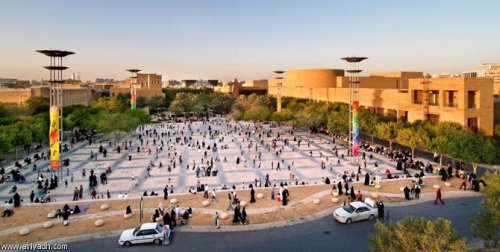Report on sleep disorders in children
on- 2015-09-12 15:24:35
- 0
- 4954
The sleep disorders in children and infants is considered a phenomenon spreading by a large margin, but it appears in many different types differing from a child to another, and it may be a transient state, or repeated every now and then, or chronic ongoing state with the child. Having a sleep disorder might be associated with an emerging social status of the child such as entering school for the first time, or fear of strangers, so some cases of sleep disorders appear such as night terrors in pre-school age. In all cases the child needs support of parents, especially the mother.
Types of sleep disorders in children:
- Sleeping nonsense: It is the most common type, and we can say that most of us experienced this type of sleep disorders, and it is defined as the physical and kinetic and psychological phenomena that occur during sleep, such as talking or yelling, walking, sudden movements, cramps, nightmares. The phenomenon of sleepwalking phenomenon is experienced by 15% of children, it is a phenomenon that begins and ends automatically with age, and the gravity of these phenomena is when the child gets hurt due to collision or falling, which requires taking caution and prudence to secure the child.
- Night terrors: It is a common type of sleep disorders, as parents can be surprised by the screaming and crying of the child during deep sleep without being aware of what surrounds him or what had happened or the reason for this panic, Also they can face difficulty in calming the child. which is also a state that will disappear with age , except in limited cases that require therapeutic intervention.
- Disruption of sleeping: The imbalance in the number of sleeping hours, the inability to sleep and constantly falling asleep, or hypersomnia with fatigue and this results from confusion and disorder in the biological clock of body which is appropriate for hours of darkness and light, and this may be an emergent situation which is not repeated, or the occurrence of spontaneous reversal in the child's biological clock. These cases can be treated with several basic ways to adjust the biological clock like exposure to strong light each day in the early morning hours for half an hour, or having the melatonin hormone as a treatment.
- Breathing disorders during sleeping (sleep apnea): drop in breathing may occur and could reach apnea as a result of special physiological changes in functions related to the organs during sleep, producing this kind of disorders for several reasons such as abnormalities in the back of the nose and pharynx area, or muscle tension as a result of nervous disorders. Obesity, which became the era's disease in some Arab societies, is also one of the causes of sleep breathing disorders.
The consequences of sleep disorders:
- Inability to concentrate and educational attainment.
- Attention Deficit.
- Decline in intelligence.
- Disturbances in memory.
- Behavioral disorders such as hyperactivity, difficulty in making social relationships, aggressiveness and difficulty in education.
- Sleep apnea in infants may lead to an imbalance in growth and development, and sometimes damage of the heart.
The diagnosis of sleep disorders:
- Sleep disorders are Difficult for the doctor to diagnose, as snoring is not a clear cause.
- Through sleeping tests sleep disorders can be confirmed, and their extent, and the proper treatment thereof, and the cases that may need pharmaceutical and surgical intervention if the cause was an organic or physiological defect.
- Oxygen or ventilators can be used during sleep.
- In recent years, advanced sleep laboratories equipped for diagnosis and treatment were available.
The treatment of sleep disorders in children:
The surgical intervention is considered the treatment of some organic conditions such as tonsillectomy, or psychiatric treatment in order to get rid of the social and psychological reasons causing the defect, and in both cases the physician determines the quality of treatment depending on the cause.

